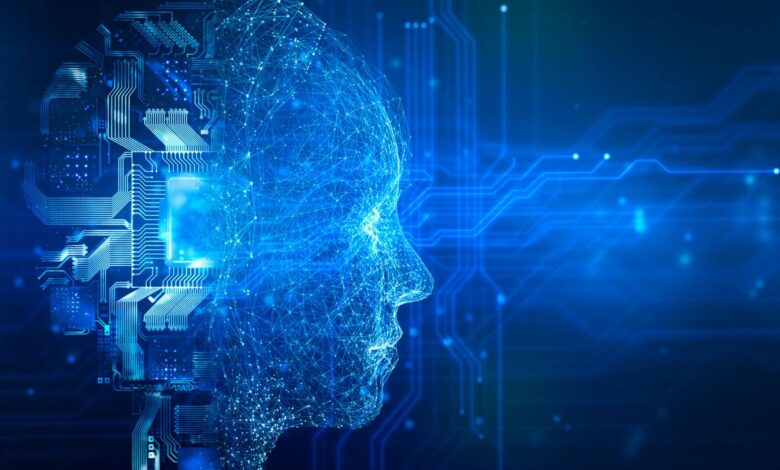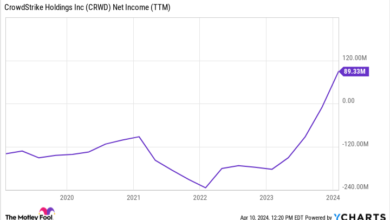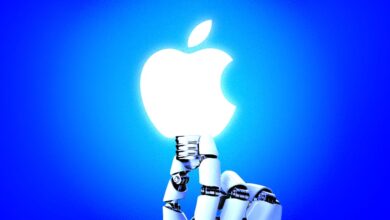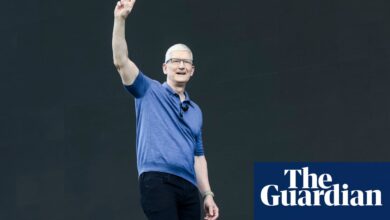From Speculation To Strategic Imperative

AI serves to augment, rather than supplant, the essential human elements of leadership.
The Artificial Intelligence (AI) genie is out of the bottle. AI has transcended speculative innovation to become a cornerstone of contemporary business strategy, positioned at the forefront of an information revolution. With its profound ability to reshape operations, enhance productivity, and redefine workforce dynamics, AI has evolved from a supplementary tool to an indispensable asset for business leaders. As our demand for computational power rises to unprecedented levels, leading companies like Microsoft are embracing AI, alongside exploring unconventional sources such as nuclear power to fuel their data centers.
Embracing AI is no longer a mere opportunity; it’s a strategic imperative for any entity aspiring to thrive in today’s digital information era. However, history is full of technological predictions that have failed to materialize. As Times Magazine points out, in 1960, Herbert Simon, a Nobel Prize laureate in economics and recipient of the Turing Award, speculated that “machines will be capable, within 20 years, of doing any work that a man can do.” While great strides have been made, more than half a decade later we are still far off from this reality.
AI: Not a Replacement for Humans
Due to AI’s powerful and flexible nature, the technology is being shoehorned into almost any place possible. Amidst this excitement and hype, AI’s promised trajectory includes:
- Find a target that could use some improvement
- Dream it
- Put some AI in there
- Put it everywhere
- Profit
It’s a likely supposition that this mindset contributes to the media’s continual suggestions that AI could replace all humans across the workforce, all the way up to executives in the boardrooms. This storyline may be a clever way to get clicks, but is a gross misrepresentation of AI’s potential for application. While AI has extreme power and merit, we can only hope such statements are unserious; a total AI takeover in the workplace is not a concept grounded in reality. These assertions illustrate a lack of understanding of what AI should mean, how it works, and how it came to be.
The Enduring Human Core of Nuanced Decision-Making
Despite the hype, the corporate embrace of AI does underscore an acknowledgment of technology’s disruptive potential as a catalyst for efficiency. AI, in particular, distinguishes itself through its ability to augment human efforts and automate tedious tasks to pave the way for higher-level, strategic endeavors. This shift heralds AI as an indispensable element for competitive viability, while simultaneously necessitating a reevaluation of its role. AI should be viewed not as a usurper of human positions, but as a powerful adjunct to human capabilities.
The ecosystem of decision-making is intricate and predicated on a blend of analytical foresight, emotional intelligence, and ethical judgment, which remain fundamentally human. For some individuals spirituality also plays a critical role in decision-making. Despite AI’s transformative influence, AI cannot supplant the nuanced human faculties essential to innovation, decision-making, spirituality, and leadership.
While AI’s prowess in data analysis and operational optimization is undeniable, it lacks the capacity for the empathetic and ethical discernment central to leadership. Thus, the notion of AI assuming C-level or similar roles is far-fetched; AI is better suited as a facilitator than a replacement.
Navigating Cybersecurity Challenges: A Synergy Between Humans and AI
Integrating AI into organizational strategies is complex, and often characterized by shifting job roles and the need for strategic workforce evolution. Leaders face the challenge of balancing the advantages of AI with the necessity of maintaining a flexible, future-ready workforce. It’s a continual balancing act between the technology and human input. Nowhere is this more salient than in the ever-evolving field of cybersecurity.
An example highlighting the indispensable role of human judgment within an AI-driven landscape is the discernment between “good” and “evil” AI. In cybersecurity, AI serves as a potent tool in combating AI-generated phishing and vishing attacks, yet bad actors also employ AI to craft increasingly convincing phishing emails and vishing voice mails, closely mimicking legitimate communications, to conduct their attacks. Distinguishing between genuine and malicious messages can be a formidable challenge for automated systems alone, and human intuition and experience play a paramount role in cyber defense strategies. For instance, an employee might detect subtle discrepancies in an email’s tone, context, or formatting that an AI overlooks, prompting a more thorough investigation.
It’s this necessity of human oversight in complementing AI’s capabilities, alongside the nuanced understanding and contextual awareness that humans bring to critical security decisions, which underscores the importance of this symbiotic relationship.
AI as a Complement to Human Discernment and Leadership
AI’s ascent in the corporate sector marks a pivotal moment of digital transformation, equipping organizations with tools to enhance operational efficiency, decision-making, and employee satisfaction. Yet, the unique confluence of cognitive, emotional, and interpersonal skills that characterizes effective leadership remains beyond the reach of current AI technology.
Whether one embodies the rationality of Spock or the intuition of Captain Kirk, the fortunes of any organization ultimately rest in the hands of human intelligence, intuition, spirituality, and ethics. While AI undeniably streamlines repetitive tasks, roles requiring emotional intelligence and nuanced judgment highlight the irreplaceable role of human insight. AI serves to augment, rather than supplant, the essential human elements of leadership.
In navigating the challenges and opportunities of the digital era, the symbiotic relationship between AI and human insight, particularly in critical domains like cybersecurity, charts the course towards a resilient, innovative, and flourishing organizational landscape.



